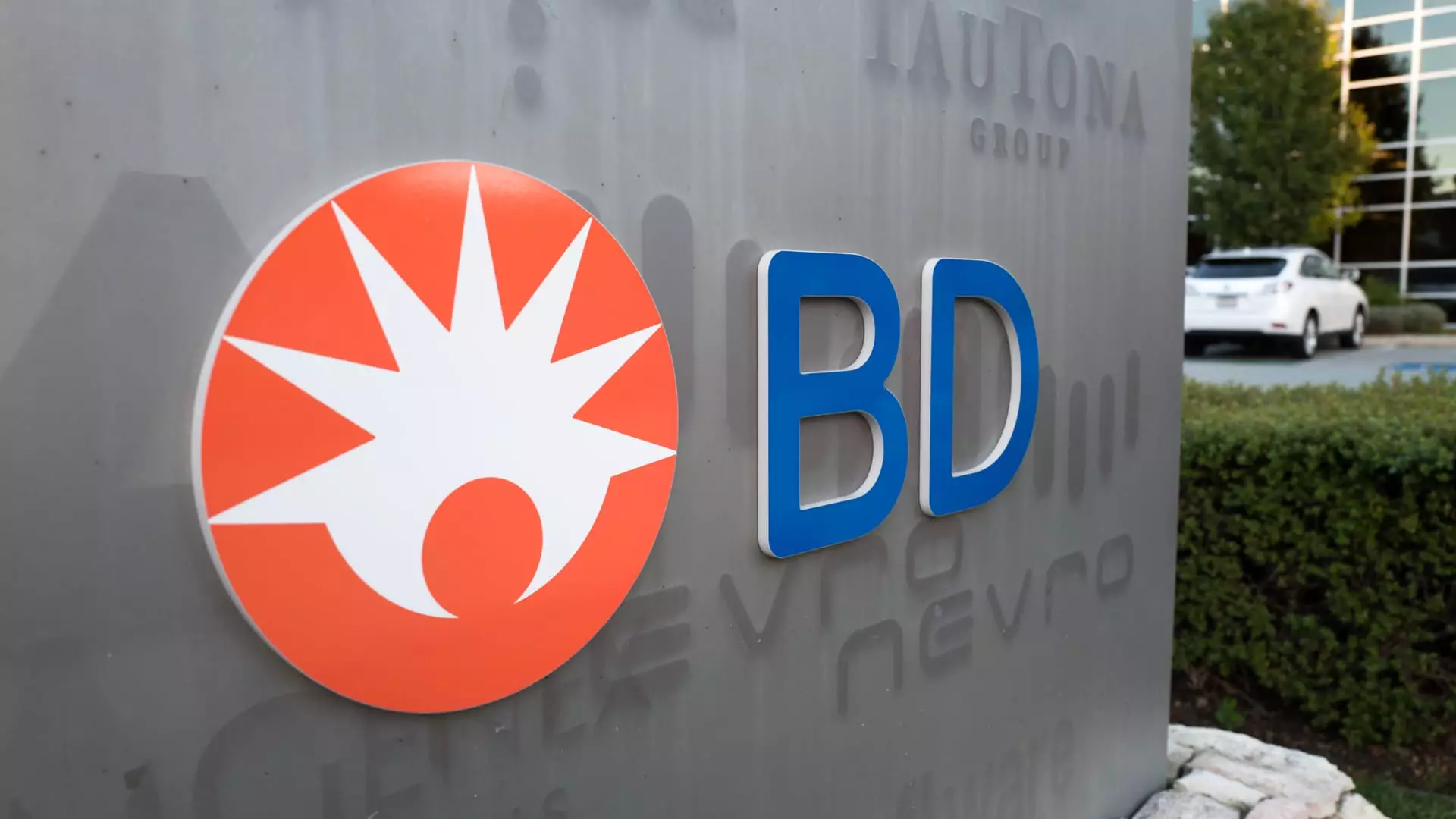Becton Dickinson (BDX) stands as a prominent player in the global landscape of medical technology. The company specializes in manufacturing a diverse array of medical supplies, devices, laboratory equipment, and diagnostic products aimed at enhancing healthcare delivery. Operating primarily for healthcare institutions, clinicians, life science researchers, and the pharmaceutical industry, BDX has carved a substantial niche in the healthcare ecosystem. With a current market valuation hovering around $66.65 billion, indicated by its share price of approximately $229.85, the company’s financial footing appears robust. However, the approach to managing its two distinct business units—MedTech and Life Sciences—has come under scrutiny, particularly in light of recent activist investor interventions.
Activist investing has become a noteworthy trend within corporate governance, and Starboard Value LP is a formidable name in this arena. Concentrating on driving operational efficiency and enhancing margins, Starboard has a proven track record, with returns significantly surpassing market averages across its prior campaigns. Specifically, Starboard has actively engaged with numerous healthcare companies, yielding an impressive average return of 17.65% compared to the Russell 2000 index’s 9.57%. On February 3, Starboard announced its stake in Becton Dickinson, urging a strategic realignment, primarily advocating for the separation of the company’s Life Sciences segment. This request aligns with a broader narrative of strategic activism aimed at unlocking intrinsic value.
Becton Dickinson operates through two core segments: MedTech and Life Sciences. The MedTech division encompasses products related to medication delivery, monitoring solutions, and a range of interventional devices for specialized medical fields. This segment reportedly generates $15.1 billion in revenue alongside $6.7 billion in EBITDA, reflecting a healthier growth trajectory compared to its counterpart. Conversely, the Life Sciences division, responsible for diagnostic specimen collection and reagent systems, garnered $5.2 billion in revenue with $2 billion in EBITDA. With MedTech’s growth projected at mid-single digits and Life Sciences languishing at the lower end, the disparity in performance raises questions about the efficacy of keeping these differing business units under one corporate roof.
One of the critical challenges facing Becton Dickinson is the disparity in market valuations between its two operational segments. The MedTech business, enjoying rapid growth, is traded at approximately 13 to 14 times EBITDA, while Life Sciences commands a premium valuation upwards of 20 times. This difference in valuation stems from various market perceptions, including the stability associated with Life Sciences amid better reimbursement cycles and lower cyclicality risks. Nonetheless, the corporate valuation of BDX currently sits at 16.8 times EBITDA, more reflective of its less profitable segment.
Activist investor Starboard suggests that the logical decision—or “simple solution to a simple problem”—would be to consider spinning off the Life Sciences division. Should a separation occur, projections estimate that MedTech could achieve a valuation exceeding $110 billion owing to its higher growth potential, while Life Sciences could be valued around $30 billion, albeit just below its expected valuation multiple.
The anticipated benefits of a strategic separation extend beyond simple financial metrics. By establishing two distinct management teams, each focused squarely on their respective areas, Becton Dickinson could improve operational efficiencies, channeling resources more effectively. With management freed from the constraints of divisional overlap, each entity might experience enhanced motivation and focus, driving further innovation and revenue growth.
Moreover, the segregation of these business units facilitates an expanded investor base, appealing to those specifically interested in either high-growth MedTech innovations or stable Life Sciences solutions. This increased attention from investors can significantly amplify the overall value proposition for shareholders, thus warranting serious consideration from the BDX board.
The intricacies of Becton Dickinson’s corporate structure reveal a pressing need for strategic reevaluation in light of market realities and activist input. With a clear delineation between its operating segments and a recognition of their respective strengths and challenges, BDX stands at a crossroads. The case for separating its Life Sciences division appears compelling, not only for immediate financial enhancement but also for positioning both businesses for long-term success.
As Starboard Value LP continues its advocacy for this strategic shift, the BDX leadership must weigh the merits of this perspective carefully. The ultimate objective should always align with shareholder value maximization, which may very well hinge on the decisive moves made in the near future. At this juncture, the actions taken by Becton Dickinson could set a precedent for best practices in corporate governance within the healthcare sector, with the potential to shape the future landscape of medical technology innovation.


Leave a Reply